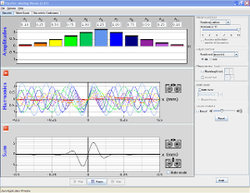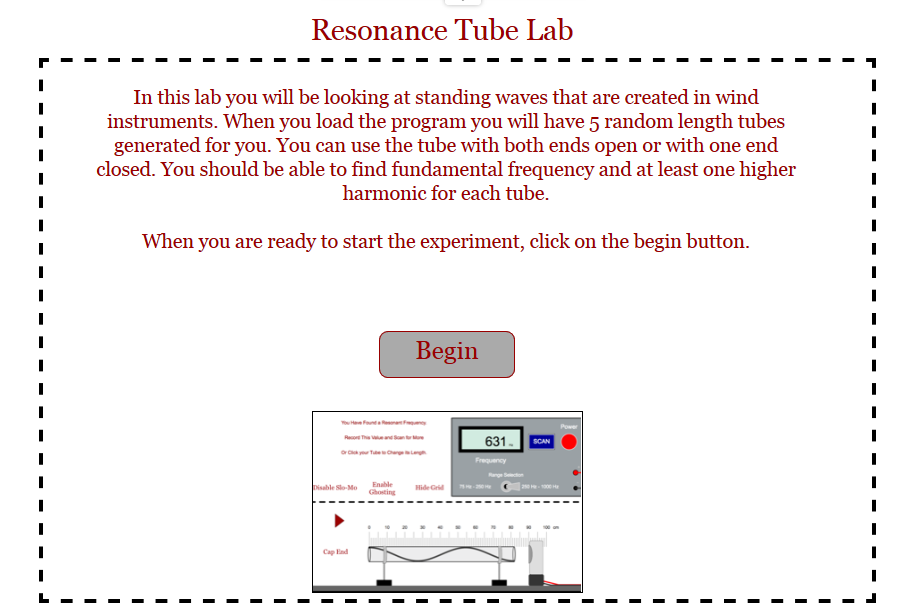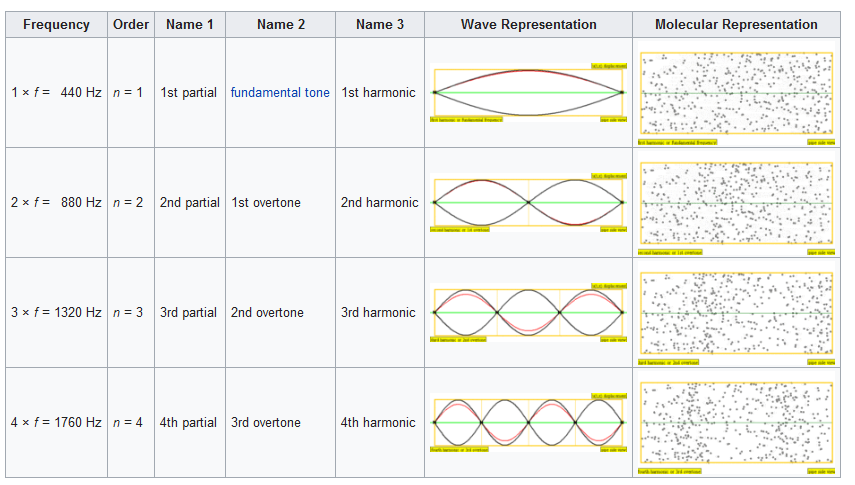Warwick Long Bay, Bermuda. Waves coming ashore on a breezy day. The colours have not been enhanced, Bermuda really is this beautiful! (Photo: Kate Kayaian)
10.2 - Sound
|
Physics Aviary Virtual Lab - this is another simulation of a lab that we will be performing in class. I call this experiment the "physics of a trumbone", as we can demonstrate the equation that governs the note produced by a windy instrument. This experiment is notriously difficult to do without either a sound intensity meter or a musician's ear. It can also be annoyingly loud!
|
LINKS
Soundcard Scope - simply the best free soundwave oscilloscope for your PC there is.

|
Wikipedia Article - this still is taken from the animation on the page. It is well worth looking at as it shows both the wave representation (abstract) and the "real" pressure wave of the air molecules. We rarely use this image as it is too difficult to draw, especially in an exam, so we convert the longitudinal sound wave into a transverse 'displacement' wave.
|
Online signal generator! If you open two different windows, set the frequency to two slightly different frequencies (eg. 330 Hz and 332 Hz) you can hear the woo-woos of the beats. The beat frequency is equal to the difference between the frequencies (in the example 332-330 = 2 Hz).

